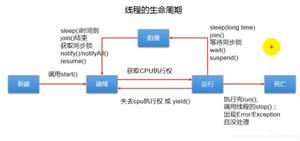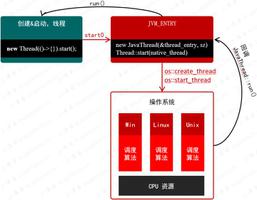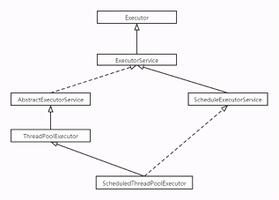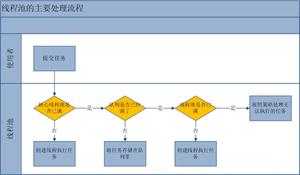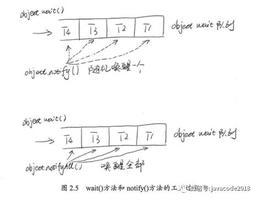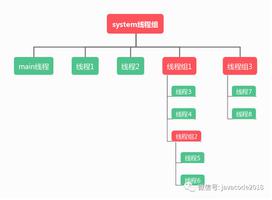Java多线程的临界资源问题解决方案
这篇文章主要介绍了Java多线程的临界资源问题解决方案,文中通过示例代码介绍的非常详细,对大家的学习或者工作具有一定的参考学习价值,需要的朋友可以参考下
临界资源问题的原因:某一个线程在对临界资源进行访问时,还没来得及完全修改临界资源的值,临界资源就被其他线程拿去访问,导致多个线程访问同一资源。直观表现为打印结果顺序混乱。
解决方法:加锁
静态方法中用类锁,非静态方法中用对象锁。
1.同步代码段:synchronized(){...}
2.同步方法:使用关键字synchronized修饰的方法
3.使用显式同步锁ReentrantLock
锁池描述的即为锁外等待的状态
方法一:同步代码段:synchronized(){...}
public class SourceConflict {
public static void main(String[] args) {
//实例化4个售票员,用4个线程模拟4个售票员
Runnable r = () -> {
while (TicketCenter.restCount > 0) {
synchronized(" ") {
if (TicketCenter.restCount <= 0) {
return;
}
System.out.println(Thread.currentThread().getName() + "卖出一张票,剩余" + --TicketCenter.restCount + "张票");
}
}
};
//用4个线程模拟4个售票员
Thread thread1 = new Thread(r, "thread-1");
Thread thread2 = new Thread(r, "thread-2");
Thread thread3 = new Thread(r, "thread-3");
Thread thread4 = new Thread(r, "thread-4");
//开启线程
thread1.start();
thread2.start();
thread3.start();
thread4.start();
}
}
//实现四名售票员共同售票,资源共享,非独立
//Lambda表达式或匿名内部类内部捕获的局部变量必须显式的声明为 final 或实际效果的的 final 类型,而捕获实例或静态变量是没有限制的
class TicketCenter{
public static int restCount = 100;
}
方法二:同步方法,即使用关键字synchronized修饰的方法
public class SourceConflict2 {
public static void main(String[] args) {
//实例化4个售票员,用4个线程模拟4个售票员
Runnable r = () -> {
while (TicketCenter.restCount > 0) {
sellTicket();
}
};
//用4个线程模拟4个售票员
Thread thread1 = new Thread(r, "thread-1");
Thread thread2 = new Thread(r, "thread-2");
Thread thread3 = new Thread(r, "thread-3");
Thread thread4 = new Thread(r, "thread-4");
//开启线程
thread1.start();
thread2.start();
thread3.start();
thread4.start();
}
private synchronized static void sellTicket() {
if (TicketCenter.restCount <= 0) {
return;
}
System.out.println(Thread.currentThread().getName() + "卖出一张票,剩余" + --TicketCenter.restCount + "张票");
}
}
class TicketCenter{
public static int restCount = 100;
}
方法三:使用显式同步锁ReentrantLock
import java.util.concurrent.locks.ReentrantLock;
public class SourceConflict3 {
public static void main(String[] args) {
//实例化4个售票员,用4个线程模拟4个售票员
//显式锁
ReentrantLock lock = new ReentrantLock();
Runnable r = () -> {
while (TicketCenter.restCount > 0) {
lock.lock();
if (TicketCenter.restCount <= 0) {
return;
}
System.out.println(Thread.currentThread().getName() + "卖出一张票,剩余" + --TicketCenter.restCount + "张票");
lock.unlock();
}
};
//用4个线程模拟4个售票员
Thread thread1 = new Thread(r, "thread-1");
Thread thread2 = new Thread(r, "thread-2");
Thread thread3 = new Thread(r, "thread-3");
Thread thread4 = new Thread(r, "thread-4");
//开启线程
thread1.start();
thread2.start();
thread3.start();
thread4.start();
}
}
class TicketCenter{
public static int restCount = 100;
}
以上是 Java多线程的临界资源问题解决方案 的全部内容, 来源链接: utcz.com/z/336050.html

